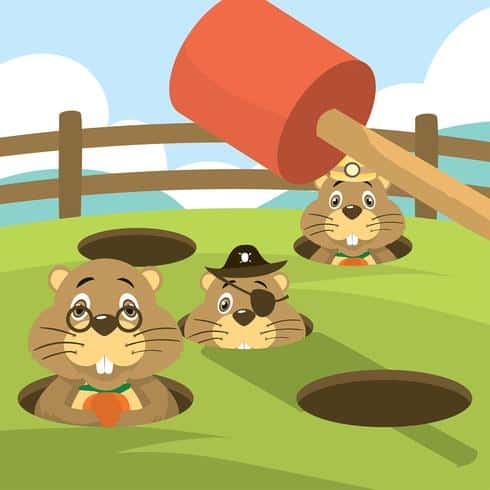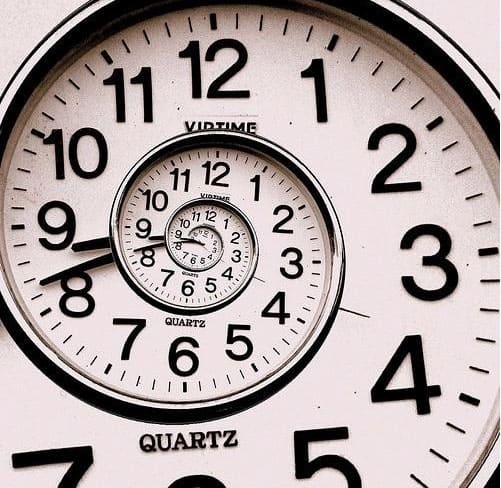Lately, I’ve observed an extremely clear sign: one that indicates a transitional point for the leadership teams with which I work. The maturity, health, and cohesiveness (or lack thereof) of the whole team can be observed when it creates its new quarterly priorities, or as Dr. Stephen Covey calls them, “Rocks”.
During these sessions, we review their previous quarter, victories, and failures, and take stock in what they achieved and learned. I encourage the team members to learn from them, let them go, and dig into what still needs to be accomplished for the upcoming year. Next, one of the ways we create new quarterly priorities is that I instruct each person to silently write down what they deem as the top priorities for their leadership team as a whole for this particular quarter. As the team outlines the range of new quarterly objectives aloud, I record their responses on the board where everyone can see. I go around the room, listing out each person’s ideas, continuing this process until all participants have shared their responses. These results provide a tremendous amount of insight for three reasons:
- If there are 32 items on the board, I know this specific team isn’t aligned and is likely inexperienced with this sort of strategic thinking. Their answers may be all over the place and/or unclear on what needs to be accomplished. These usually are newer teams that are acting less like a cohesive leadership team and more like a group of department leaders in a meeting.
- If fewer priorities are listed, this typically indicates that many of the team is more in line and is able to focus. However, let’s say that all the items listed are of a reactionary nature or a result of something negative that’s happened. This means the team is still dealing with day-to-day issues and problem-solving for immediate needs rather than using their time and focus to work on building and being proactive for the needs of future. In these cases, this shows teams are coming together, but they’re still in a reactionary mindset and are working on catching up. I refer to this as the “Whac-A-Mole phase”. The good news is this is a game you can win to help you get in front of things – how long it takes is different for every organization.
- When I look on the board and see only a handful of forward-looking and building-focused items listed, I get excited. This represents a team that has come together and transitioned out of Whac-A-Mole to become cohesive and proactive in its thinking. This further reflects a team that’s maturing and has kept its head above water. From my experience, these teams are on the verge of lighting the afterburners and will start moving at light speed in no time.
So, the next time you do a quarterly strategy session with your team, take a moment to step back and observe where you are in the process. All over the place? Whac-A-Mole? Cohesive and proactive? Know that if you stick with it, you’ll reach that light speed; just remember that it takes trust, focus, and time.
Is your company in need of lighting its afterburners? Want to learn how your team can benefit from quarterly strategy sessions with EA? Reach out today – we’re always here to help!
Keep Smiling,
Kris




